Children ages 3-12 are incredibly fun to work with; they are vital, mobile, and tremendously present. In this introductory webinar, we look at the essential skills for working safely and effectively with this age group. Methods focus on efficient assessment and gentle balancing of the myofascial and organ systems — aimed at the relatively healthy child. (Note: This class will not address the more complex treatment of children with special needs.)
The work is gentle—working with the body’s responses to achieve change—and because a child’s system is so available, the treatments tend to be short and immediate. We tend to work off the table, taking advantage of the child’s active nature and interest in play and exploration. This age group requires constant adaptation and improvisation, which is what makes it so fun (and sometimes challenging!).
Children are often quite curious about their own bodies, and as a practitioner, we have the chance to empower them toward a healthy connection to their body. Finding ways to explain our work to both the child and their parents is vital. We will discuss communication and treatment strategies that emphasize rapport and safety, verbal and non-verbal communication, and acknowledging the family as a whole.
To learn these skills, we will use short demonstrations of key skills (real-time and pre-recorded) and in-home practice with on-line mentoring supervision (real-time). Short lectures, small group discussion, and Q&A formats are woven into the webinar to allow for integrating the information. Students receive an extensive handout with principles, guidelines, techniques and resources.
We are pleased to offer this webinar within Tom Myers’ Anatomy Trains for Structural Integration (ATSI) umbrella. Tom and Lauren share passion for bringing the best of bodywork to children of all ages. It’s a thrill to be able to offer this doorway to manual practitioners of all kinds, wherever they live.
Enjoy a clip from this program:
In this webinar you will learn to:
- Identify developmental differences among toddlers, preschoolers, school-age children and tweens (musculoskeletal, movement and social skills)
- Identify elements of student’s current practice that are safe (and not safe) to use with these age groups
- Learn Weight-Bearing Palpation, a skeletal and soft tissue assessment method, to use with clothed children
- Apply myofascial shearing and ‘bone as a handle’ methods to balance soft tissue and general alignment
- Adapt manual methods for children on the table, on the floor, in motion or at play
- Identify strategies for involving parents/care givers as well as supporting the parent/child bond
- Identify changes to be made in student’s practice to accommodate minors
Runtime: approximately 12.5 hours

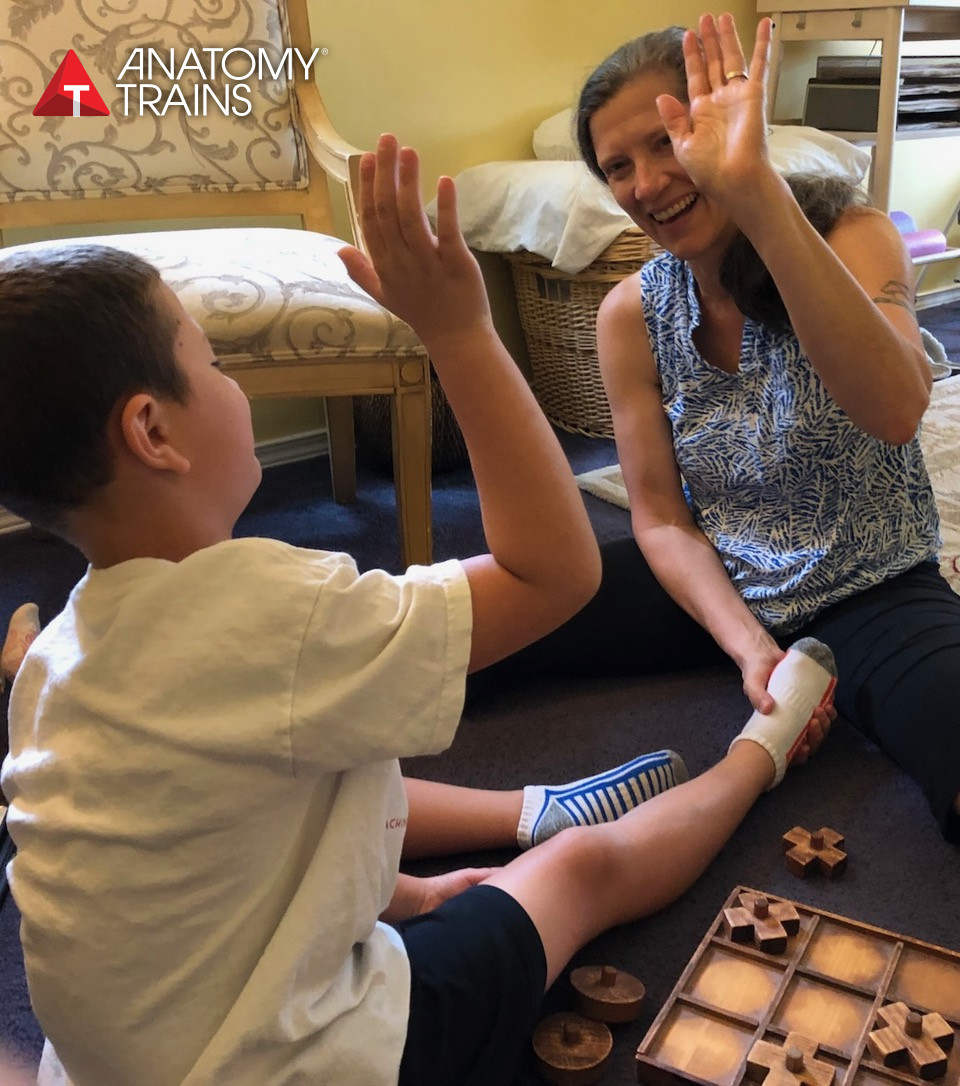
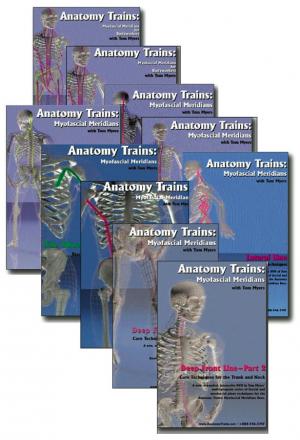
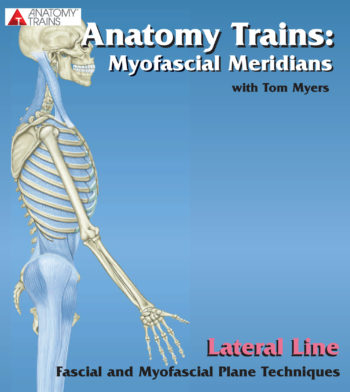
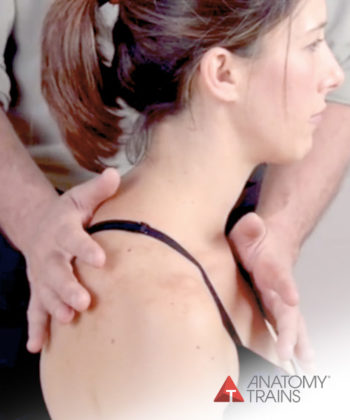
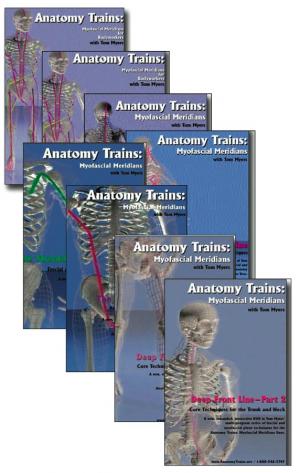
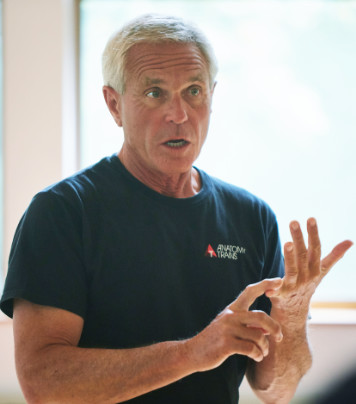
Reviews
There are no reviews yet.